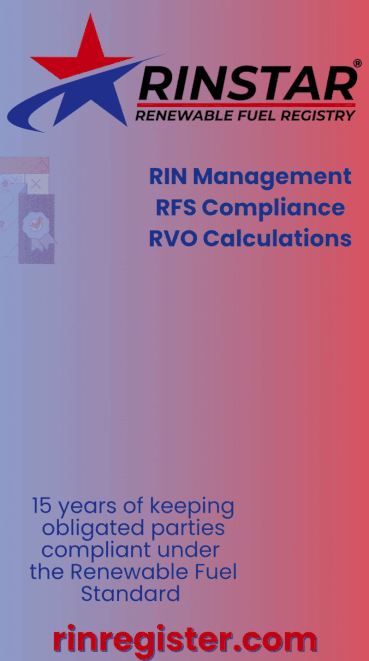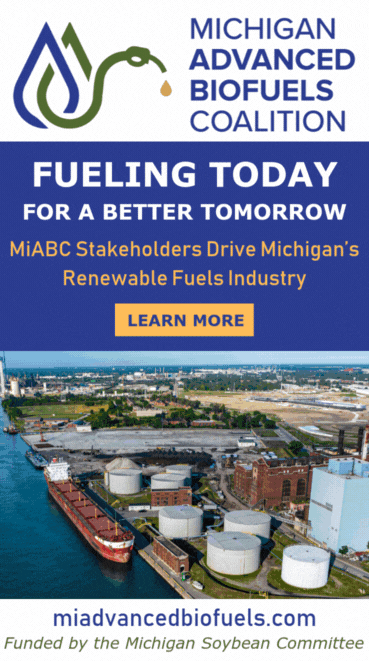Rolls-Royce leads UK project to demonstrate smarter use of SAF
- Rolls-Royce
- 2h
- 3 min read

Rolls-Royce announced Nov. 4 that it is leading a new project to find smarter ways of using sustainable aviation fuel (SAF) to increase its effectiveness and role in reducing non-CO2 emissions, specifically those associated with contrail formation.
Co-funded through the Non-CO2 Programme, part of the ATI Programme, the “Quantifying Reduction in Thermal Contrails by Optimizing SAF (QRITOS)” project brings together Rolls-Royce, British Airways, Imperial College London and Heathrow.
The benefits of SAF for reducing end-to-end CO2 emissions from fuel are well understood, and SAF is expected to play a key role in aviation’s decarbonization journey.
In-flight measurements behind aircraft, however, have also shown SAF’s potential to reduce the number of ice crystals in contrails and therefore the potential climate impact of these thin clouds of ice particles that can form behind aircraft.
The amount of SAF currently available is only a small proportion of aviation’s overall fuel requirements.
It is typically mixed with conventional fossil fuel, resulting in wide-scale deployment at very low SAF blend ratios.
SAF use is expected to increase in the U.K., however, with the introduction of the SAF mandate, which came into force at the start of the year and will see 10 percent of SAF in the U.K. fuel in 2030 and 22 percent in 2040.
Constantly changing weather means different flights cause contrails at different times and locations, yet most of the potential climate impact comes from only a small proportion of flights.
This creates an opportunity for smart SAF use targeting those flights expected to form persistent contrails.
The QRITOS project aims to demonstrate the feasibility of this approach at one of the world’s busiest airports.
It will do this by combining data from British Airways flight trials, advanced modeling and satellite observations to monitor contrail formation following this targeted SAF usage.
The project aims to show that particular flights for SAF can be prioritized, focusing on where it can deliver the greatest environmental benefit and maximize the effectiveness of the current levels of supply.
The Non-CO2 Programme focuses on addressing challenges with reducing non-CO2 emissions from aircraft, as outlined in the ATI’s Non-CO2 Technologies Roadmap.
The funding program is delivered by the Aerospace Technology Institute, Department for Business and Trade and Innovate U.K., in partnership with the Department for Transport and the Natural Environment Research Council.
Concluding in April 2027, the two-year project will also enhance forecasting methods, advance understanding and modeling of contrail formation, and develop verification methods based on satellite data.
“SAF will not only play a vital role in decarbonizing aviation but has also been shown to reduce certain non-CO2 emissions,” said Alan Newby, Rolls-Royce’s director of research and technology. “This project will demonstrate smarter ways of using SAF, which could unlock additional value through reducing non-CO2 climate effects as well.”
Marcin Dutka, the environmental sustainability technologist at Rolls-Royce and project manager of QRITOS, added, “Measurements have already shown that fuel composition can influence contrail properties. This project aims to demonstrate how contrail climate impact might be reduced by targeting SAF at flights predicted to form persistent contrails.”
Matt Gorman, Heathrow’s director of carbon strategy, said, “As SAF continues to scale it is important to take a closer look at how we can use it to deliver the greatest climate benefit. As one of the world’s busiest airports we’re proud to participate in this project to demonstrate how targeted SAF use could help to address non-CO2 emissions.”
Air BP will provide SAF technical expertise to the project team.































